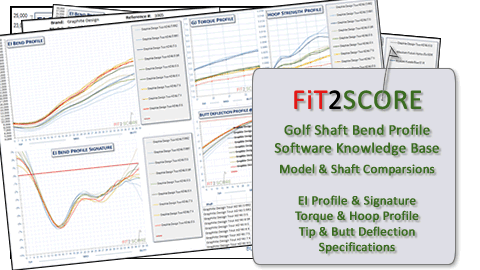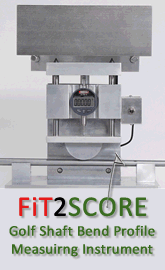LA Golf A Series Irons & Hybrid Golf Shaft Review
 By Russ Ryden, Fit2Score, A Dallas Fort Worth Club Fitter & Club Maker
By Russ Ryden, Fit2Score, A Dallas Fort Worth Club Fitter & Club Maker
The Highlands Performance Golf Center, Carrollton Texas
Golf Digest Certified America’s 100 Best Club Fitter
![]()
The LA Golf A Series Iron Shafts are parallel tip designs, Three launch propensity designs. There are matching profile Hybrid shafts for each launch designation. We will look at all three launch designations in this review.
To continue reading this section of the review, you must be registered at a higher level membership.
Russ




